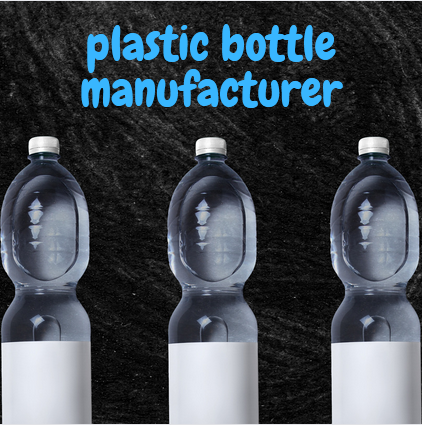If you're in the market for plastic bottles, you may want to consider the different options available for you to choose from. Some of the options include the color of the bottle, the type of cap you'll need and whether or not the bottle can be recycled.
Color Classification of Plastic Bottles
Plastic bottles can be sorted for recycling based on their color. Different colors have different values, which can help recyclers improve the quality of the product. But this requires better automated color-sorting technology. Moreover, plastic-bottle manufacturers are rushing to get ahead of the competition.
The most common type of plastic used for manufacturing bottles is HDPE, which is produced by injection blow molding. This type of plastic is not compatible with fats and solvents. Nevertheless, it can be molded into a wide range of colors.
In the past, Plastic Bottles Wholesale were mostly clear. Light blue tints have recently been added to the clear water bottles in Europe, which expanded the spectrum of colors. Some companies are considering amber and purple bottles.
To identify the color of bottles, scientists have developed several methods. One approach is the Near Infrared Reflectance Spectroscopy method. It is a technique that uses a spectrometer to detect and analyze the color of plastic resins.
Sizes
Plastic bottles are not only convenient to carry around but they also protect your contents from moisture and light. They are durable and come in a wide range of shapes and sizes. A good quality plastic bottle is also quite a bit cheaper than its glass and ceramic counterparts. This is one of the reasons why they are such a popular choice.
One of the most important things to consider before selecting a bottle is the seal you intend to put it in. You can either use a traditional seal or a heat sealed type. Also, you can get a bottle with a large or small neck diameter. To make sure you are getting your money's worth, do your research.
The best way to go about it is to ask your local bottle supplier for a quote. There are a variety of vendors, but you have to make sure you get the right type of bottles for your particular needs. For example, if you are in the food and beverage industry, you may be better served by going with a vendor that specializes in this niche.
Dispensing a Thin Mist of Liquid
The best way to dispense a fine mist of liquid from a plastic bottle is to get down and dirty with it. As the name suggests, this is not something you want to do in public. For starters, you don't want to get your knickers in a knot. That's not to mention the health hazard a misty mess can wreak. But, you don't have to be a stickler. In fact, the better part of the day should be spent doing the heavy lifting, preferably at a lower temperature. You also want to aspire to do it right the first time, and not have to go back to the drawing board.
There's more to a good dispensing solution than just the chemistry or a good old fashioned shake, shake, shake, shake. And, it's not just you, either.
Caps and Closing Mechanisms
Bottle caps and closing mechanisms are an important feature of liquid packaging systems. They are also important because they can help to enhance customer loyalty and increase profits.
Caps and closing mechanisms for plastic bottles are typically made of polypropylene or polyethylene. These materials can be molded using injection moulding, and are often decorated with embossing. A number of additives are used in bottle caps, including colorants, slip agents, and anti-statics. Injection moulding is a cost-effective method of producing several caps at once.
Some of the more common additives for cap resins include stearamide, oleamide, and erucamide. These additives are all part of the Union list of authorized plastics additives. The addition of a nucleating agent can improve the mechanical properties of the PP. Nucleating agents promote the crystallization of the PP and thus speed up production cycles.
Recyclability
Recyclability of wholesale plastic bottles is a very important issue for the global community. As per a survey, 66 percent of consumers believe that the industry should work together to promote recycling. Plastics Economy Global Commitment is a partnership of more than 400 organizations from around the world. It aims to develop a circular economy for plastics.
PepsiCo is on a mission to recycle at least 50 percent of its bottles by 2030. To make the goal a reality, the company is working with other beverage manufacturers to increase their bottle recovery rates. In addition, PepsiCo will triple its use of recycled plastic.
The company has also partnered with the World Wildlife Fund and Closed Loop Partners, both of which are involved in initiatives to help reduce the company's plastic footprint. Another initiative, called "Your Bottle Means Jobs", calls for households to increase their plastic recycling by two bottles a week. This would result in 30,000 tons of extra bottles being collected, creating 300 new jobs.

